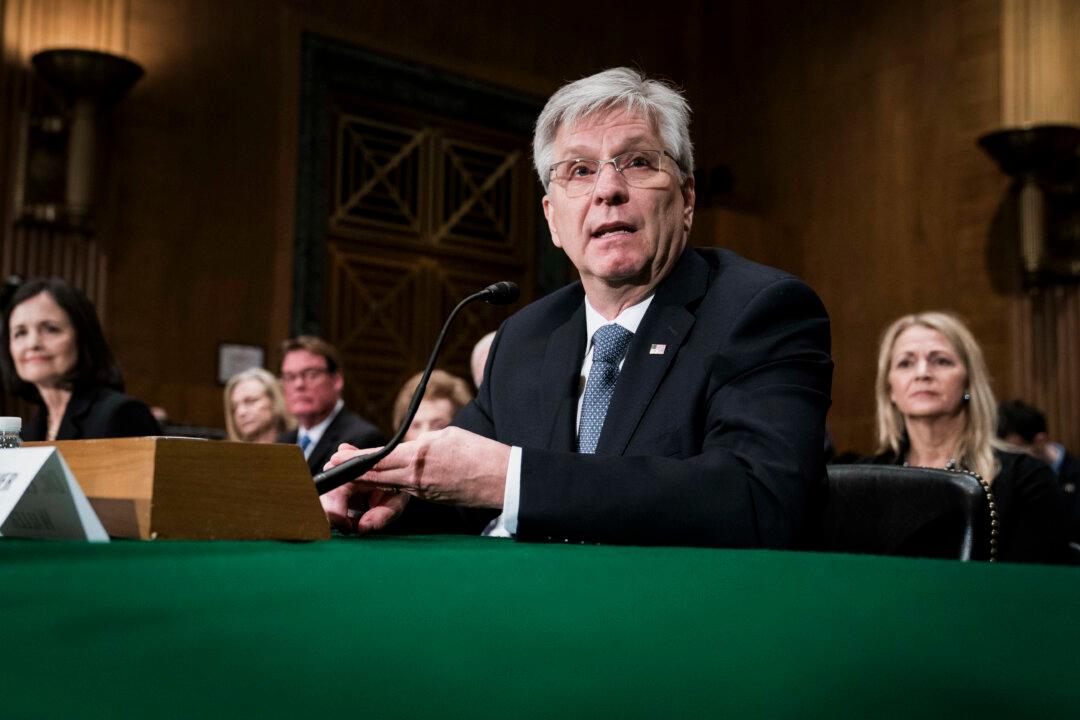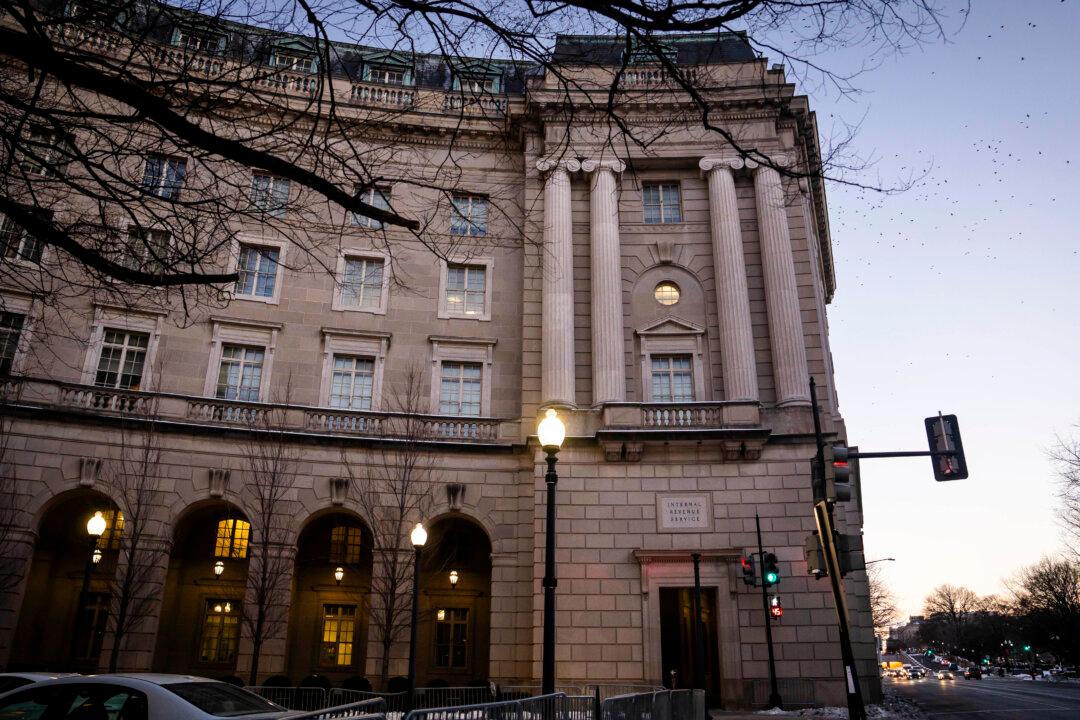Federal Reserve Gov. Christopher J. Waller is backing more interest rate cuts even if higher tariffs are imposed on imports, a trade policy pushed forward by President-elect Donald Trump.
Waller added, “The extent of further easing will depend on what the data tell us about progress toward 2 percent inflation, but my bottom-line message is that I believe more cuts will be appropriate.”
Waller said he expects inflation to move toward the Fed’s 2 percent target in the medium term. He said the pace of rate cuts will depend on how much progress is made on inflation while keeping the labor market from weakening.
Trump also threatened to impose 25 percent tariffs on all goods coming from Mexico and Canada, citing the failure of the United States’ northern and southern neighbors to prevent massive illegal immigration via their borders into the United States.
The effects of these tariffs could trigger inflation, making decisions regarding interest rate cuts complicated.
“I think we can afford to proceed more cautiously with further cuts,” Cook said.
Jobs Data and Rate Cuts
New employment data released this week suggest the Fed may not reduce its benchmark rates anytime soon. In December 2024, 256,000 new jobs were added, up from 212,000 in November, according to data from the Bureau of Labor Statistics.“All of this provides clear backing for a no-change interest rate decision from the Federal Reserve later this month,” the report said.
“The market is pricing less than 1bp of a 25bp rate cut—and the risk of an extended pause has increased with the market no longer fully discounting a rate cut until September.”
ING said that for now, its forecast for three interest rate cuts this year “may be too aggressive.”
However, U.S. financial markets declined following the jobs report, with the Dow Jones and Nasdaq indices tanking on Jan. 10.
“This report is going to fuel a continuation of higher yields and pushes off the next Fed rate cut off even further,” Bryce Doty, senior portfolio manager and senior vice president at Sit Fixed Income Advisors, said in an emailed note to The Epoch Times. “We might not see another rate cut until next quarter.”







